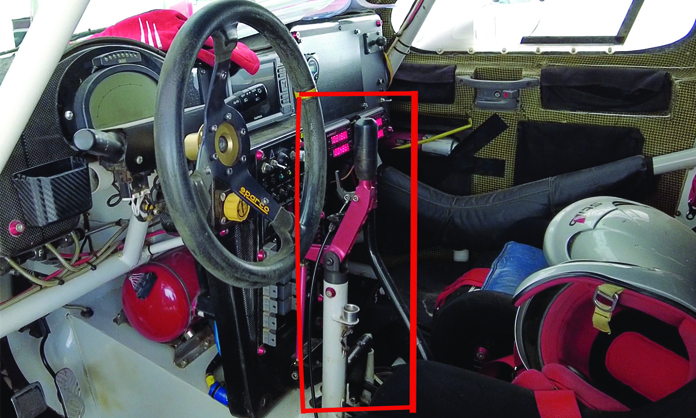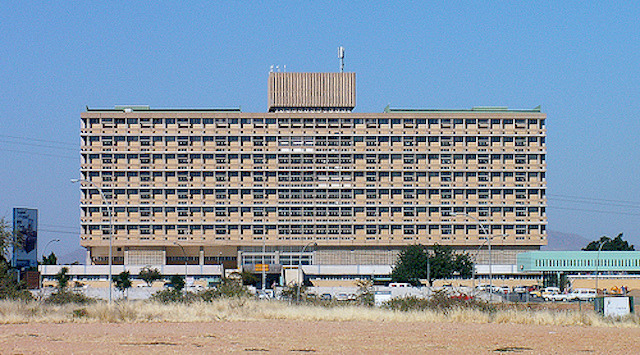Ask any race driver why they prefer a sequential gearbox in their car – the answer is simple and to the point.
But what is a sequential gearbox?
How does it work?
These are some of the most frequently asked questions next to the race tracks, in the pits or even in occasional discussions among petrol heads.
This author bombarded several race drivers about this topic.
The definition, according to the motoring dictionary, is as follows: “A sequential manual transmission is synchronised, allows the driver to select either the next gear (such as shifting from first gear to second gear) or the previous gear (shifting from third gear to second gear) and is operated either via electronic paddle-shifters mounted behind the steering wheel or with a sequential shifter.”
The simplicity of the gearbox makes it easy for drivers during races, especially for rally drivers that have to focus on the terrain while listening to navigators’ instructions at high speed.
The system is easy to operate – the word ‘sequential’ says it all.
The driver cannot accidentally skip between gears: they have to go in sequence to ensure optimum power and gear ratio throughout the race.
Rally racing driver Jeandre Dippenaar says the reason he prefers the sequential gearbox is due to the smooth operation of the gearbox.
“It (the gearbox) allows for quick changing of gears that is vital in any motorsport, as any race is about time,” Dippenaar says.
The gearshift is normally a longer gearshift stick compared to that of normal cars, to assist the driver with easier and faster changes between the gears.
This also avoid driver’s fatigue due to the comfortable handling postion of the arm.
Professional driver Rian Kritzinger echoed Dippenaar’s sentiments.
Both drivers’ vehicles are powerful rally CR Class (4×4 bakkies), hence they need to confirm that the vehicle is in the right gear at any given time to ensure optimum performance without losing any speed.
This system means the driver can only change from first to second, unlike a standard gearbox that can be changed from first to third, which might cause a driver to lose valuable time and points during a race.
The sequential gearbox does not need a clutch, like normal manual race cars, to help the driver focus more on the road during neck-breaking speeds.
Those who follow local or international rallies will note the familiar backfire sound these cars make when the driver changes gears at high speed – this is due to the high performance engine synchronising with the change of gears.
Sequential gearboxes are not something new in the industry, as standard motorcycles come with a sequential gearbox that does not allow the rider to skip gears.
Stay informed with The Namibian – your source for credible journalism. Get in-depth reporting and opinions for
only N$85 a month. Invest in journalism, invest in democracy –
Subscribe Now!










